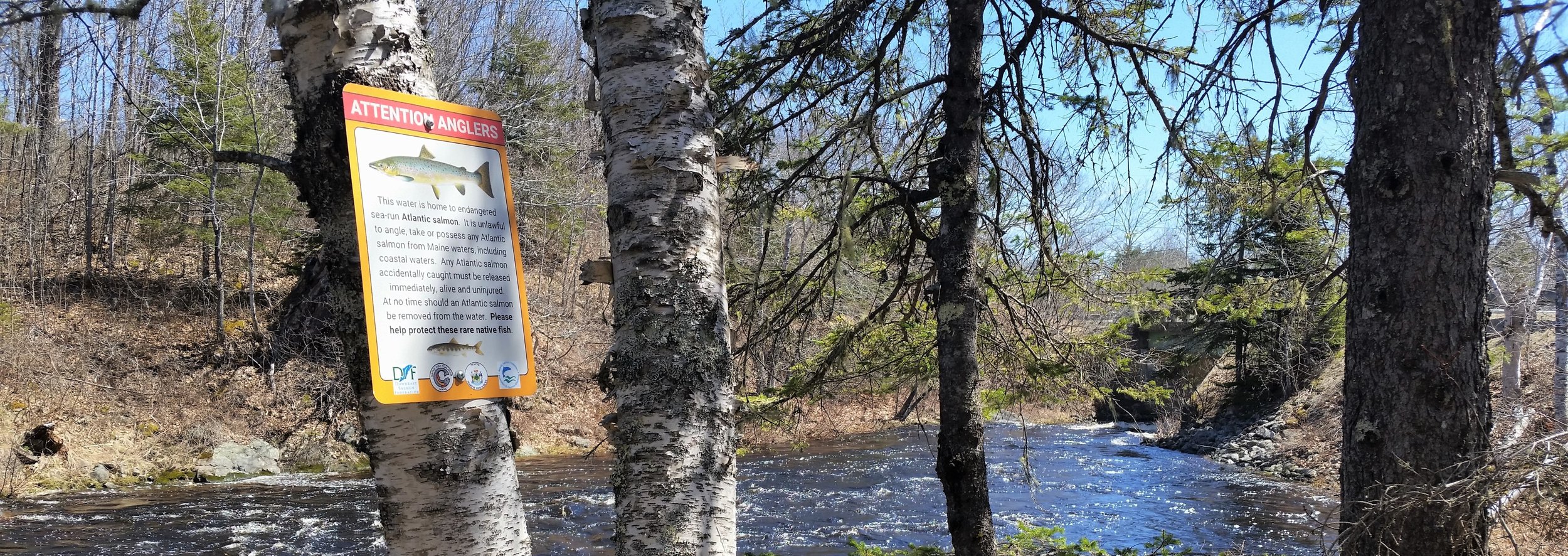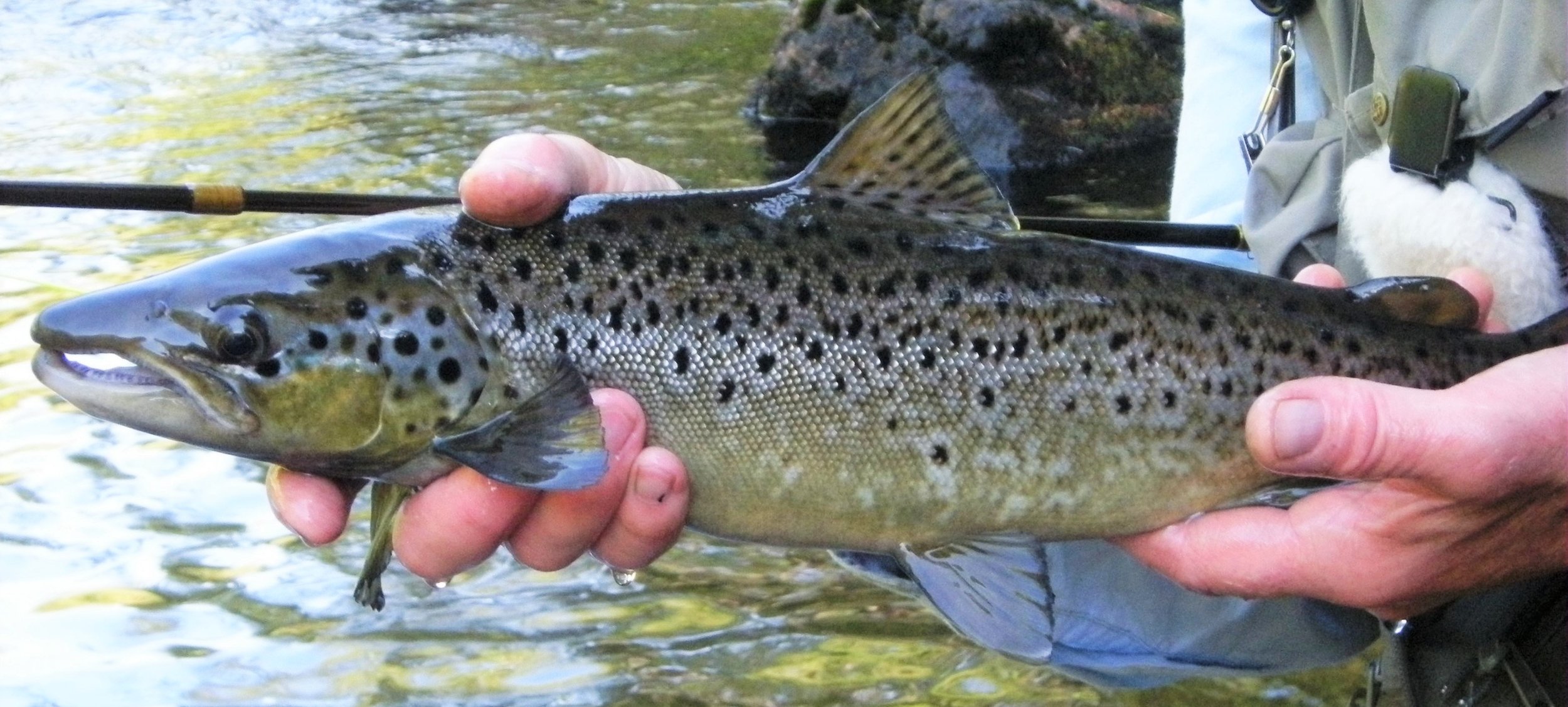MAINE NFC PRIORITIES
General
Change the critically important Fisheries and Wildlife Advisory Council to ensure that all sportsmen, as well as resource conservation groups such as NFC, TU, Audubon, The Nature Conservancy, etc., are fairly represented. Historically, the model has been tilted very much in favor of the so-called “consumptive sportsman.”
Provide the Inland Fisheries and Wildlife Advisory Council with a line-item veto option for specific proposals within large packages. Currently, the Advisory Council has a simple up or down vote at the package level. These packages often contain an entire year’s worth of regulation changes, making it highly doubtful that the entire package would be rejected due to some poor proposals.
Require that Advisory Council members be physically present at meetings, rather than attend by Zoom. Historically, the public has had access to the members, something that changed during COVID. The Zoom option has been removed for the general public, and without the attendance of the Advisory Council, the public has no personal access to the members.
An informational sign on an Atlantic salmon river in Downeast Maine. (Bob Mallard)
Atlantic Salmon
Designate Atlantic salmon as the official U.S. National Fish. This would help draw attention to the plight of this critically endangered fish and hopefully expedite and increase actions to help save them.
Designate Atlantic salmon as “endangered” at the state level in Maine to be consistent with their federal status, and help reduce inter-agency conflicts in regard to their management.
Prohibit the use of bait in critical Atlantic salmon spawning and rearing habitat to reduce incidental mortality of this critically endangered species.
Suspend trout stocking in watersheds with formal Atlantic salmon restoration programs.
Require active and ongoing efforts to reduce invasive species such as bass in water with Atlantic salmon restoration programs.
Increase informational signage on Atlantic salmon waters.
A rare wild native Maine Arctic charr. (Bob Mallard)
Arctic Charr
Designate Arctic charr as “threatened” at the state level. This will help spotlight and address flaws in the current management of this species found in just 12 native waters in the contiguous United States, all of which are in Maine.
Discontinue stocking nonnative and highly invasive lake trout in Green Lake, home to rare wild native Arctic charr. Lake trout compete with Arctic charr for food and space, can prey on them, and have been documented to hybridize with them.
Prohibit the use of bait in native Arctic charr waters. This will reduce incidental mortality and make it more difficult for anglers to illegally use live minnows which can lead to the establishment of nonnative populations of invasive fish such as smelts.
Impose statewide catch-and-release for wild native Arctic charr. Far too little is known about the status of Arctic charr populations to warrant their harvest for recreational purposes.
Remove Arctic charr from the definition of “Brook Trout” in the fishing regulations, which also includes hybrid splake. This will create a separate species-specific definition and management class.
A large wild native brook trout from Maine’s Rapid River. (Kris Thompson - Pond in the River Guide Service)
Brook Trout
Create a specialty license plate to raise awareness and funds for the conservation of wild native brook trout. Far too little state money is being used for the preservation of this important wild native fish.
Designate brook trout as Maine’s official state fish. Brook trout are the most sought after gamefish in Maine, and a huge part of the state’s interior tourism economy. This will help brand wild native brook trout as a focal species in Maine.
Establish minimum tackle, bag and length limit standards for sea-run brook trout. Currently, virtually all sea-run brook trout streams are managed under general law regulations, the most liberal allowed under Maine law.
Implement a year-round and multi-faceted nonnative smallmouth bass control program on the Rapid River to help preserve what is arguably the most important wild native brook trout river population in the country. The current plan is not working, and puts this important wild native fish population and valuable recreational fishery at risk.
A Sebago Lake landlocked salmon from the Crooked River. (Emily Bastian)
Landlocked Salmon
Remove all protections from nonnative and highly invasive lake trout in Sebago Lake to help protect the namesake population of landlocked salmon. Introduced lake trout compete with wild native landlocked salmon for food and space.
Suspend landlocked salmon stocking on Sebago Lake to help protect the namesake population of the species. Stocking over wild fish can cause genetic swamping, while having the potential to introduce hatchery-borne disease, viruses, and parasites.
Discontinue stocking nonnative lake trout in Green Lake which compete with native landlocked salmon for food and space.
Increase the minimum length limit on landlocked salmon in Sebago Lake to 25” to protect large breeding age fish. Adult spawning age fish are critical to the overall health of the population.
An informational sign on a State Heritage Fish water near Greenville, Maine. (Larry Bastian)
State Heritage Fish Waters
Increase protections for Maine’s State Heritage Fish waters by establishing a minimum tackle, bag and length limit standard. These waters represent the majority of lake- and pond-dwelling wild native brook trout in the nation. An artificial lures only restriction would lessen incidental mortality, a 2-fish limit would decrease harvest, and a 12” minimum length limit would protect spawning age fish.
Align the criteria for adding new waters to the State Heritage Fish water list to that used to establish the original lists: Not stocked in twenty-five years. Currently waters are being omitted due to non-scientific criteria such as seasonal use, not all age classes present, etc. In some ways, these waters may be the most important as they are likely spawning and rearing habitat and thermal refuge.
Require legislative approval to remove waters from the State Heritage Fish list. Part of the original law, this clause was removed as a compromise by the hand-picked Coldwater Working Group. This leaves the only option for those in opposition to have to plead their case with the Advisory Council, a hand-picked pro-Department of Inland Fisheries and Wildlife board.
The fabled Kennebago River in Rangeley, Maine, home to wild native brook trout. (Diana Mallard)







